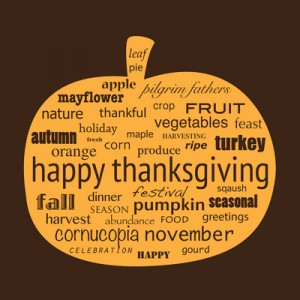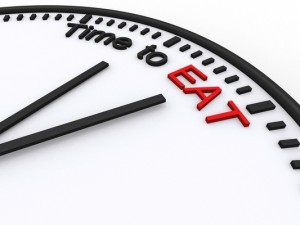 Most of those waistline hugging, thigh bulging holiday calories don’t come from the “day of” huge holiday meals but from unrelenting nibbling over the holiday season.
Most of those waistline hugging, thigh bulging holiday calories don’t come from the “day of” huge holiday meals but from unrelenting nibbling over the holiday season.
It’s way too easy to add on an extra 500 calories a day over and above your average daily calorie needs. An additional 500 calories a day translates into packing on about a pound in a week (7 x 500 = 3500 calories, or 1 pound).
Some common holiday indulgences that clock in at approximately 500 calories:
- 12 ounces of eggnog
- 1 piece of pecan pie
- 3 ounces of mixed nuts
- 1 large soft pretzel
- Dunkin’ Donuts extra large hot chocolate
- 22.5 Hershey’s Kisses
- Starbucks’ Venti Peppermint Mocha with whipped cream
- 4 (5oz.) glasses of wine
- 5-7 Pigs-N-Blankets
- 5 ounces of Brie cheese
- 10 regular size candy canes
- 2-3 large Christmas cookies
- 2.5 potato latkes
- 4 fun-sized Snickers and 20 pieces of candy corn
- 4 ounces of chocolate fudge (without nuts)
- 1 Dunkin’ Donuts blueberry crumb donut
- 1 cup of Ben & Jerry’s chocolate ice cream



